The Hobbits’ Houses – Magic Green Homes
One could realistically call it Hobbiton, a Hobbits’ village like those ones seen in the fantasy movies. But this time we are dealing with the very reality and not a rich imagination – an American company invented these prefabricated that are so easy to construct, with just about anyone being able to build one in just three days. Made from prefabricated vaulted panels, the flexible modular homes connect together without any need for special skills or heavy equipment. The homes can be covered with soil and geo-textiles to grow a living green roof.
The Green Magic Homes, as they are named, are composed of prefabricated vaulted panels manufactured with composite laminate materials, confined laterally by walls in reinforced soil, with a high index of stabilization and protection from climate meteorological harmful effects change and UV radiation. The technology is designed to adapt to any type of topography, either flat, with moderate land slopes or steep slopes, the company says on its website.
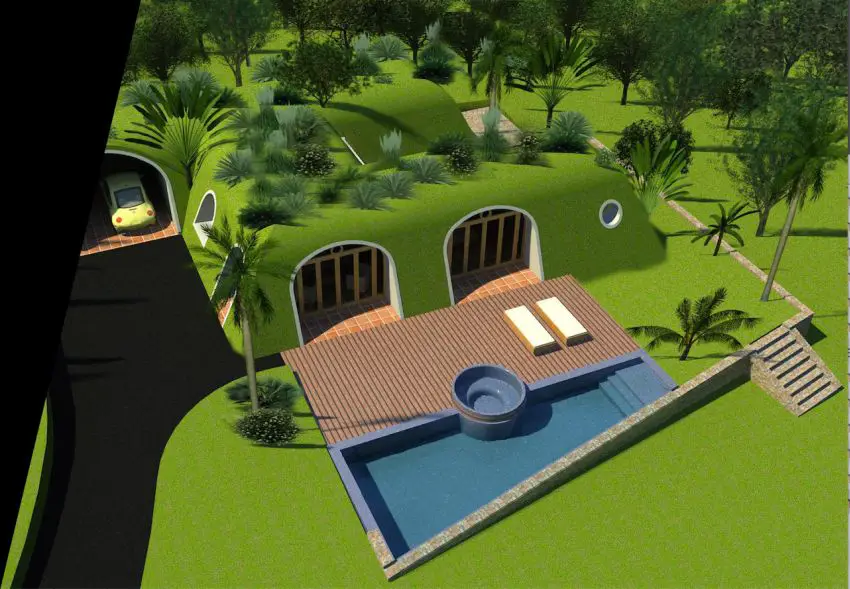
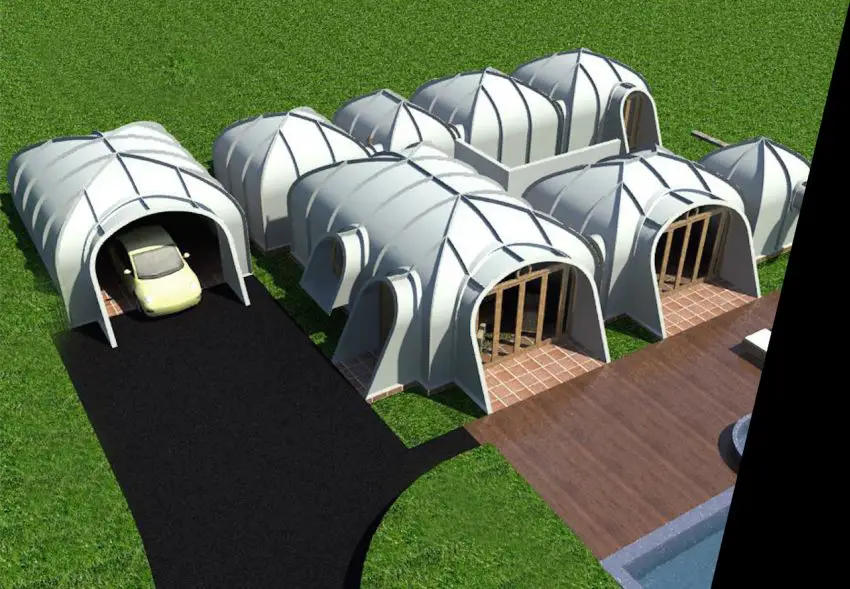
The Hobbits’ houses – modular homes under a layer of earth and grass
They are also are light weight, waterproof, mold resistant, impervious to rot and infestations, and offer infinite design possibilities. Flexible and durable, the structure will last for hundreds of years with minimal maintenance. Green Magic Homes are super insulated with a high stabilization index, are virtually earthquake proof, deflect tornadoes, offer maximum resistance against hurricanes and provides UV radiation protection.
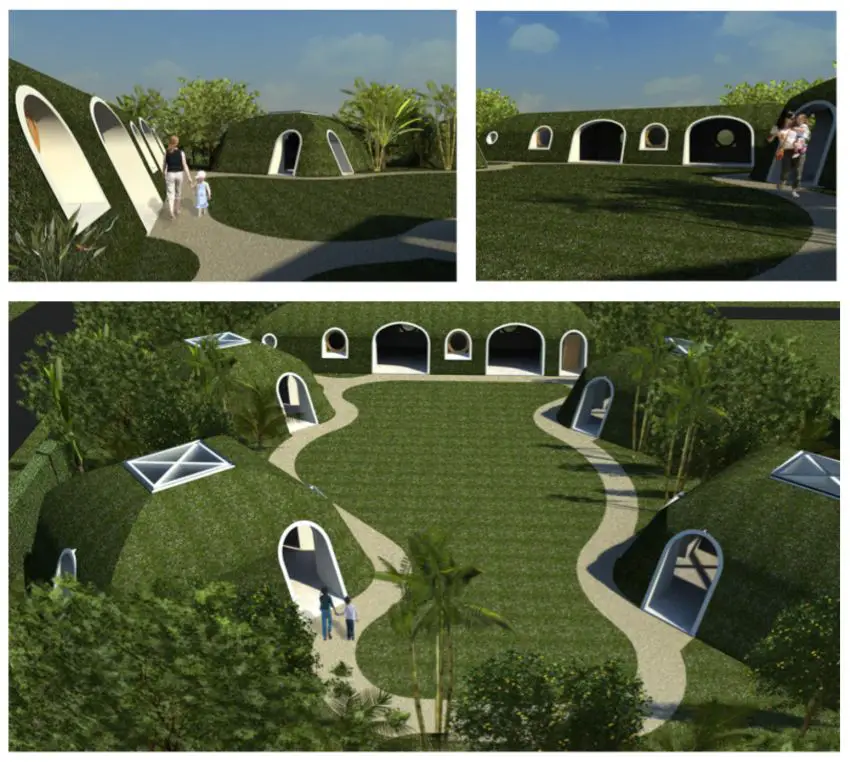
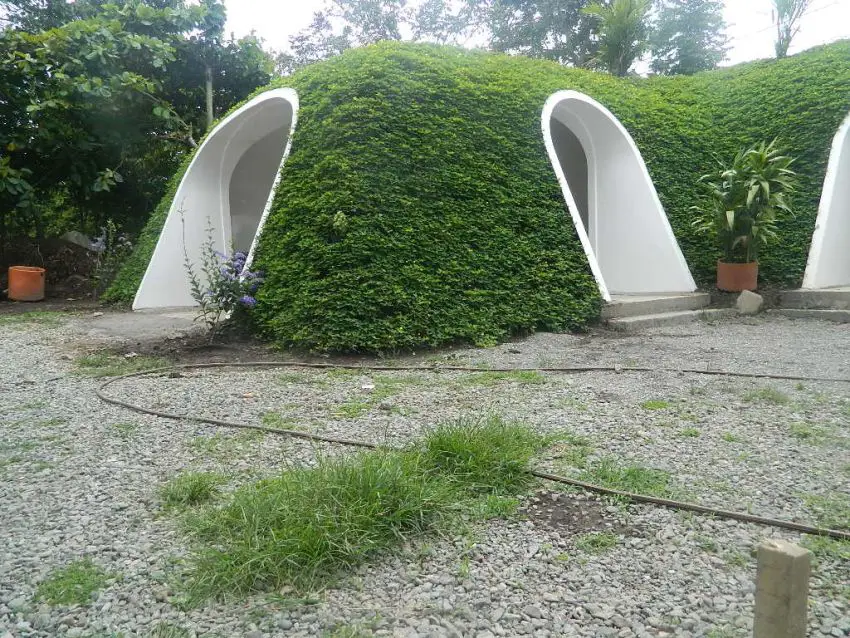
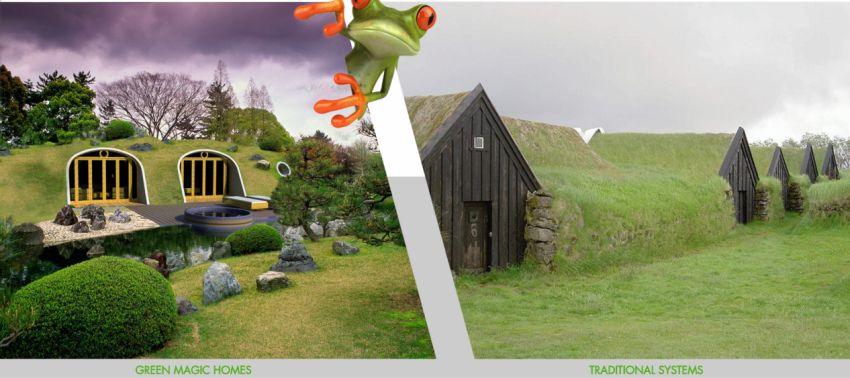
The Hobbits’ houses – safe from nature’s wrath
Moreover, the Hobbits’ homes are quick and easy to assemble. Each component has perforated flaps that screw and seal together and are anchored to the foundation, which allows for fast installation and solid construction. No special skills or heavy equipment are required for assembly, just scaffolding.
The company’s inspiration came from traditional living structures, like the earth-covered homes in Iceland. The oldest and most enduring building methods use soil and sand as a building materials. Adobe, cob, rammed earth, and earth-sheltered construction, are being used as an alternative to more mainstream types of building. The concept of covering a structure with living earth and plants, and using the thermal stability and security provided by the proximity to the ground, is very appealing, designers say.
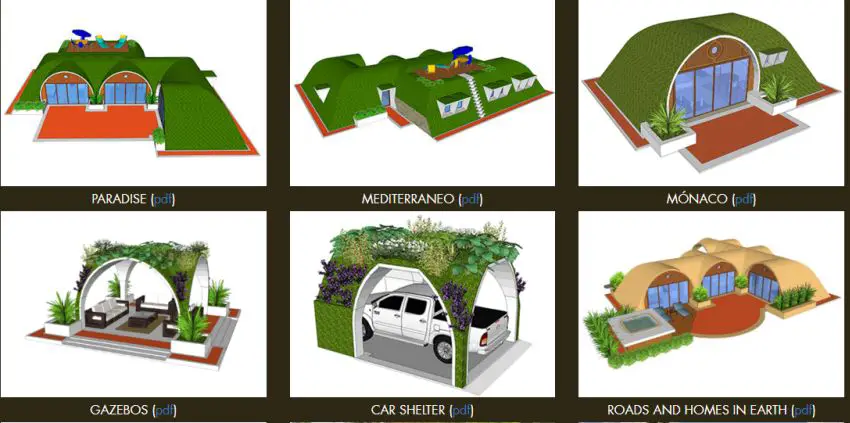
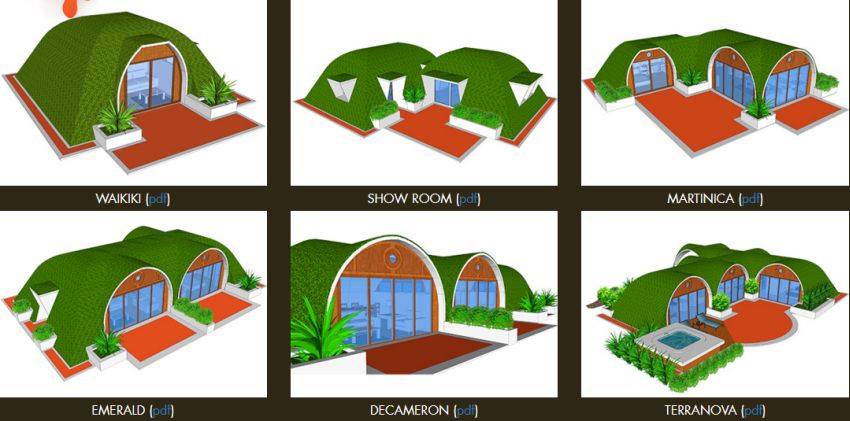
The Hobbits’ houses – different designs















